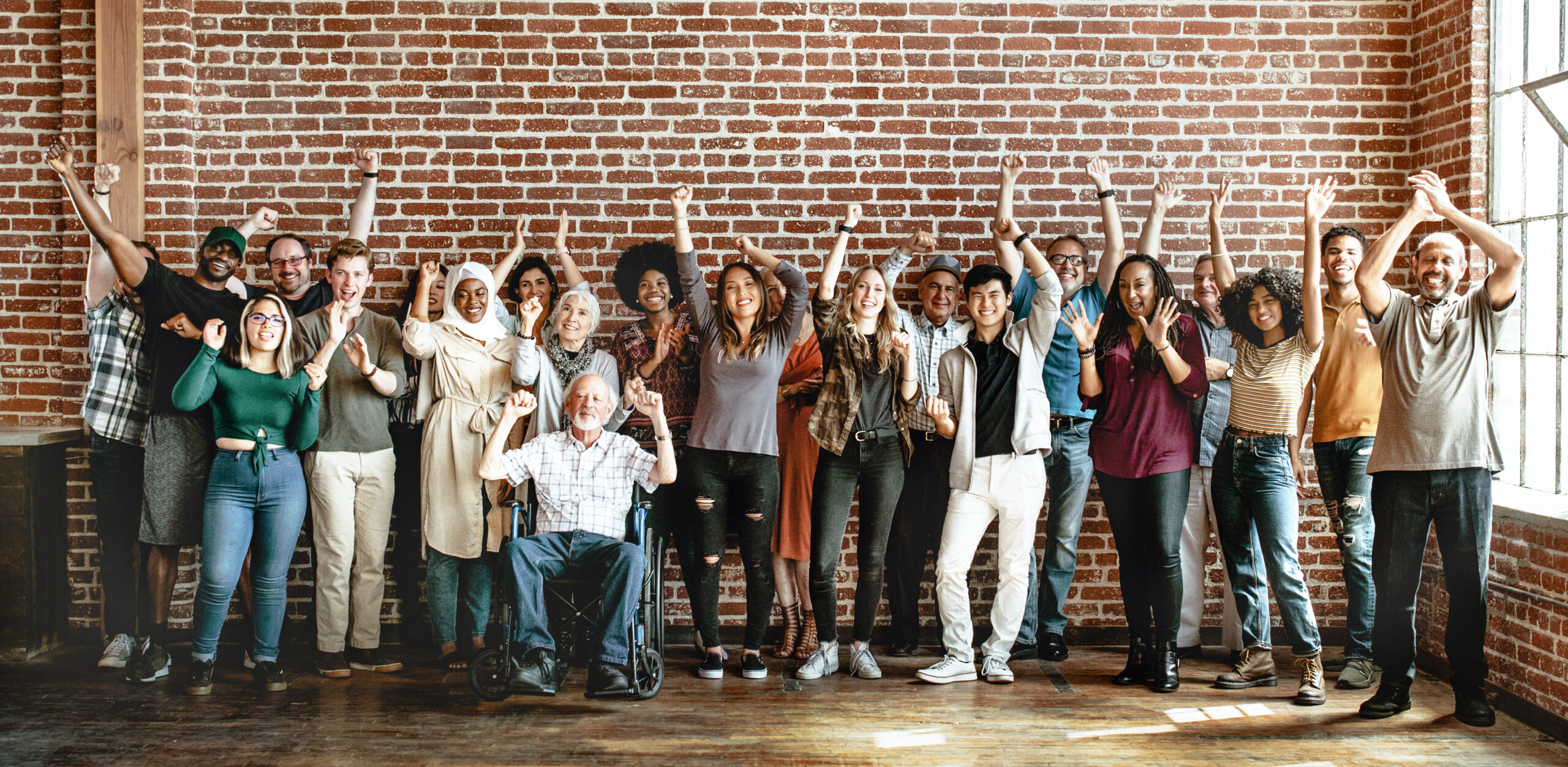In 2022, any reasonable marketing department, for any product or service across the globe, had already discussed or actively created some initiative that revolved around ‘brand community’. That’s (almost) a fact. In recent years brands have started learning from companies like Apple, Starbucks, Harly Davidson, and others, the vast economic power of communities. Their ability to produce exceptional customer loyalty is converted into engaged audiences and ultimately powerful public awareness.
When loyalty is not for sale anymore
The year 2021 was a landmark in regards to the growing awareness of the impending environmental crisis, and the responsibility of human beings. Nonetheless, it has opened the door to further discussions about sustainability in a broader sense, which also considers the social domain.
But for brands, if I may borrow the words of Don McLean, it was the day that blind loyalty died. From this point on, they were asked by consumers to stop sitting on the fence and choose who they want to be. In the face of a world that is crying for help, consumers, specifically Millennials and Gen Zs, chose brands that are dedicating at least a part of their activities to meaningful causes, as studies show.
The change in the mindset of other for-profit companies was not late to come. Nowadays it’s hard not to notice that more and more brands are embracing positive social impact as a major focal point. But at the same time something else is happening, bigger.
Some companies are being founded specifically to address critical social issues. They’re called social impact companies. Essentially, they exist to serve, solve or attempt to solve a local or global community need. They do it by consciously, systemically, and sustainably prioritizing work that does so.

A special breed
Similarly, corporate social responsibility (CSR) is rapidly becoming a standard for companies and for-profit organizations. In recent years we have witnessed some amazing initiatives from clear for-profit businesses. Domino’s ‘Paving for Pizza‘ exemplifies this idea perfectly. But for-profit businesses that put social impact as their primary goal? They are still a rather rare sight to behold.
These sorts of companies break the traditional structure of consumer-vendor type relationships in many aspects. For one thing, in their case, the product is an instrument to drive impact. The desired form of impact then is usually bluntly stated in the mission statement. This is exactly the case with ‘Tony’, a Dutch chocolate company, who in fact positioned itself as “an impact company that makes chocolate”. This very idea is present both in the company DNA and mission, as they declare that “Tony’s mission together is to make 100% slave-free the norm in chocolate”.
Recently, they even took this idea a step further by sharing a one-pager displaying their famous pack of chocolate with the words “I’m bad for your health”. In doing so, they were addressing the sugar problem in the chocolate industry, encouraging mindful consumption while acknowledging they are a part of this problem. Strange? Not so much. As matter of fact, the primary objective of social impact companies is to fundamentally disrupt the status quo to pave the way for change.

Community is a must
While traditional brands seek to sell products to individuals but will use the community effect to boost revenue or increase loyalty, social impact companies are intrinsically connected to their community. Without people who share a common interest in the mission of the brand, thus in its values, products, and social activity, the brand cannot live on.
Moreover, these types of companies rely on their community to constantly improve their ways. Ultimately, social and environmental challenges are dynamic by nature, and while reality keeps changing and new facts and technologies keep emerging over time, continuous adaptations should be made. By facilitating an ongoing dialogue with the community, a brand can keep being relevant and exemplify pure collaboration for its cause. This dialogue naturally goes far beyond commenting on social networks. It is embodied in company policy, in the co-creation of products & store design, real-life activity, and more.
Take for instance a brand like ‘KLABU’, which is selling sportswear and donates half the profits to maintain sports clubs in refugee camps. Now, it is perfectly clear that in terms of brand size and awareness, KLABU is not one of the market leaders for sportswear. However, its community, the people that support its cause, will buy those products as a way of life. People that wish drive impact through conscious consumption.

Where do communities grow
Oftentimes, brands are forced to run their communities using social media due to a lack of tools, knowledge, or financial resources to create a suitable space for their community. At this point, it is important to clarify something. Social networks are a poor solution for community management and maintenance for many different reasons. From seizing ownership of your community’s data to barring your creativity with limited options for creating real-life engagement, they are never a good choice to maintain a vibrant community. The importance of facilitating dialogue as well as the need to nurture ideas and bottom-up initiatives are pushing impact companies to search for new solutions. A new home for their brand community.
How to choose a home? (a few tiny pointers)
- Driving Engagement: First things first, when it comes to your new home it has to possess some fundamentals that are necessary to driving community engagement. Just to state a few, it has to allow community initiatives, provide an efficient communication channel, a system to measure data and produce insights, and more.
- Being Hybrid: Web presence alone is never sufficient when it comes to social impact brands. The solution has to have the ability to effectively accommodate a hybrid community that is active both in the virtual world and in the physical one. Impact is about “walking the walk”, talking is not enough. Sorry.
- Time & Effort Balance: developing your community hub & solutions independently can be both costly and extremely time-consuming. Make sure that the platform you choose is allowing instant implementation of tailored solutions. When set-up is easy and the operational work has been taken care of, your community could be ready for action in no time.
- White-label: you worked hard on creating your brand community, those people trust you for who you are. It is valuable that you provide them with a home that has your name and style, something that corresponds with your brand’s values and message. Fortunately, it does not mean you cannot use help, just make sure it’s white-label.
- Inspiration: coming up with new ideas and initiatives for supporting your brand’s cause is not an easy task. Constantly trying to keep people engaged, or at least not totally indifferent (as humans often are) is indeed challenging. A platform that can provide a library of ideas, tools and all the required know-how is an effective way to get inspired. If it also allows you to enjoy a powerful network effect, it’s a jackpot.

Moving forward, doing ‘with’
At ‘with’, we strongly believe in the power of social impact brands to create an immense impact by leveraging the vast potential of their community. The idea of using for-profit business models, traditionally unsustainable in many ways, and utilizing those for sustainable purposes is incredibly effective.
And while some companies choose to focus only on the manufacturing phase, for example by enabling sustainable supply chains, harnessing your brand community by allowing consumer involvement and sustainable use is not less important. We are here to help you exactly with that.
That’s what we do.
Book a consulting session with our expert for community-based climate solutions to learn more!









